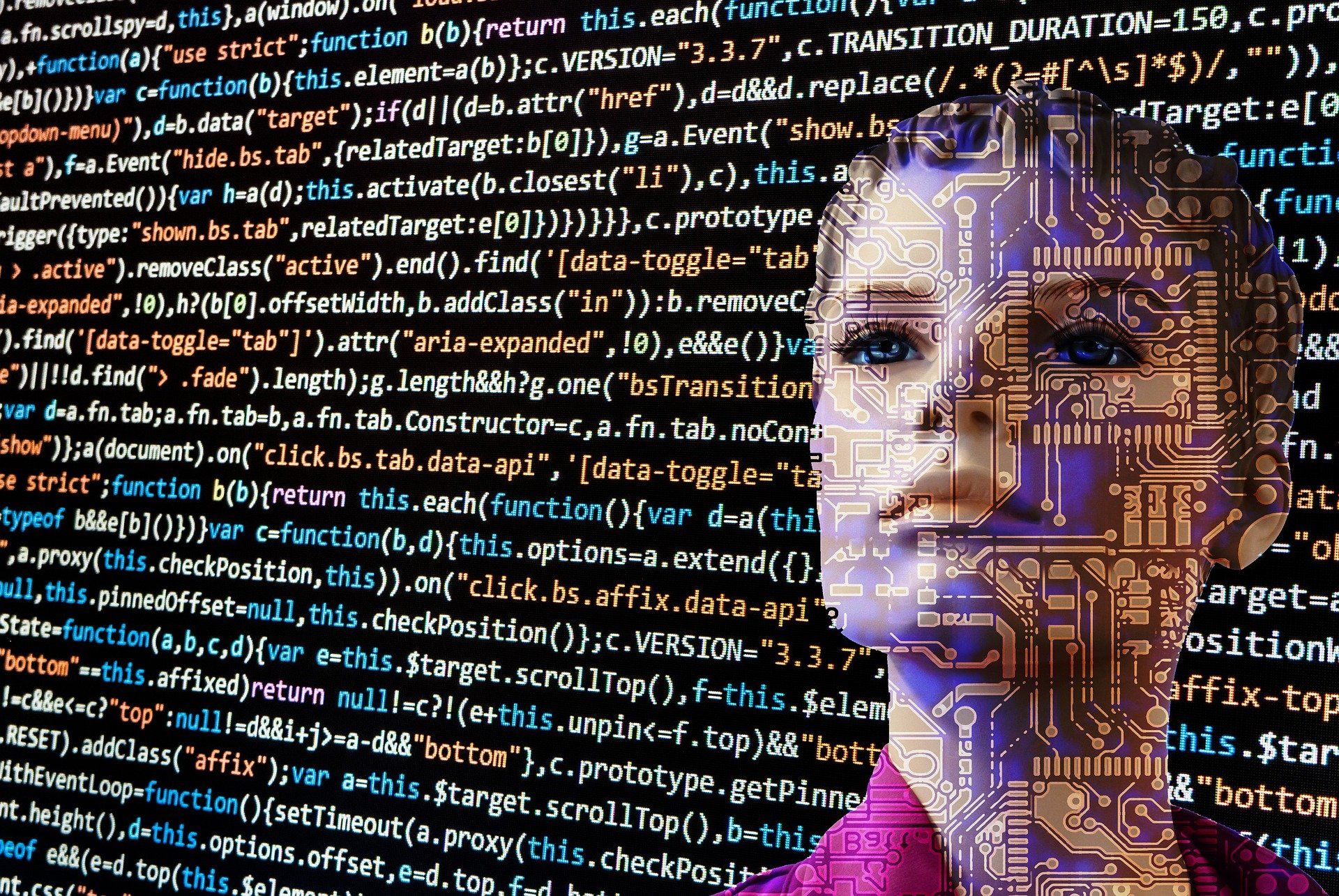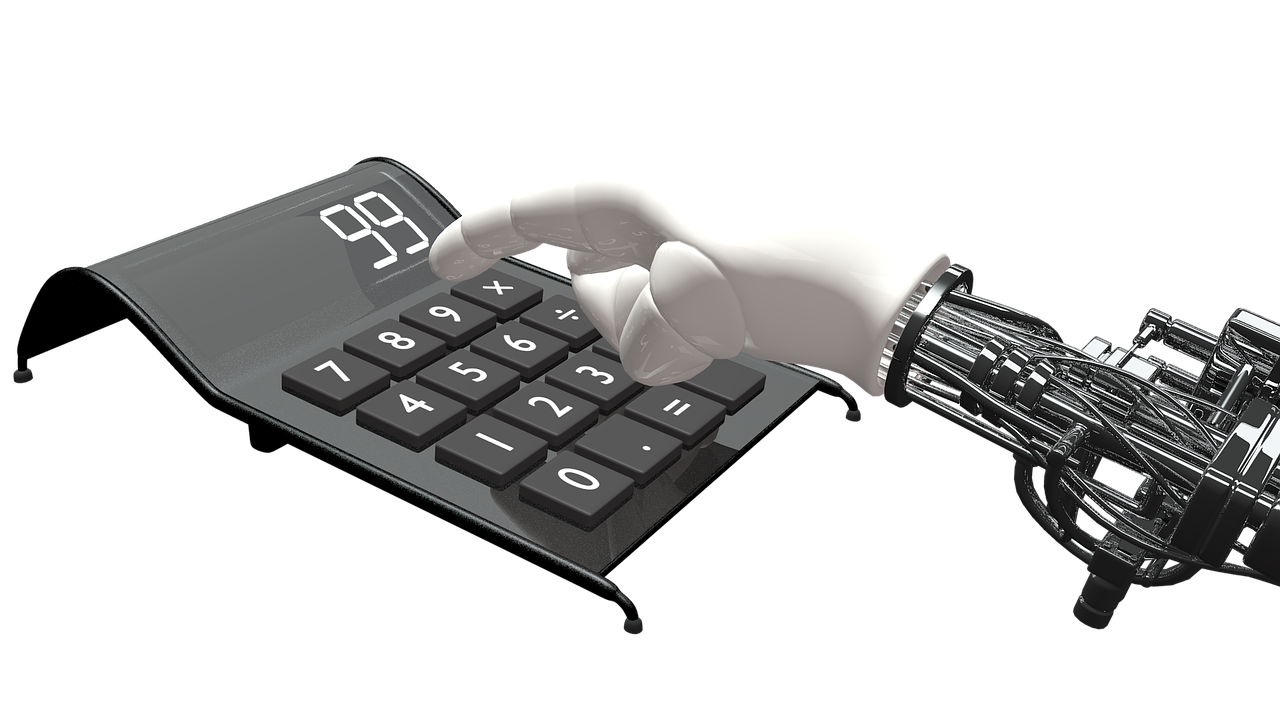Robotic Process Automation (RPA) has been around for a while, even though it was only accessible to big businesses for a long time.
With a considerable technological shift, RPA has become readily available to small businesses at a fraction of the cost. Its benefits and multi-functional characteristics have brought it into the news.
Despite having a developing fan base and a series of features to boast, there's a lot of uncertainty about what it is and how it benefits businesses. With that in mind, here's what you need to know about RPA.
What Is RPA?
To understand the underlying RPA meaning, it's essential to understand what RPA is and what it encompasses.
RPA, more commonly known as Robotic Process Automation, is an automated way of completing repetitive and mundane tasks. This technology enables organizations to automate manual, rule-based, repetitive tasks by deploying software robots.
RPA helps reduce costs, improves efficiency and accuracy, and frees employees to help them focus on higher-value work. This automation technology suits rule-based, highly structured, and repetitive tasks well.
How Does RPA Save Time?
Several misconceptions exist about RPA, as many people don't know what Robotic Process Automation is and how it is used within a business environment.
Firstly, in the context of automation, what is a robot? In simple terms, a robot is a machine capable of automatically carrying out complex tasks. Even though robots are often associated with industrial and assembly line settings, they play an integral role in more delicate tasks, such as surgery and nursing.
The key to using RPA is finding repetitive manual tasks in your daily work routines. Once these tasks are clearly defined, you can write the code for an RPA bot to complete the job for you.
It's worth noting that RPA doesn't make decisions but only works on pre-programmed tasks.
RPA software analyzes, processes, and uses the collected information to complete repetitive tasks. For example, you can program an RPA bot to receive data from one computer system, manipulate it, and then send it to another computer.
RPA procedures, if implemented well, can eliminate the need for a human operator to do the same work manually.
Where Can You Use RPA?
RPA is beginning to see increasing use in various domains and industries, making it an integral part of every working segment. As a user, you will often see RPA software being used heavily in the following areas:
1. Customer Services
Per Deloitte's survey, more than 95% of organizations have shown increased productivity using RPA. Customer service agents deal with manual processing tasks regularly. From sorting information to dealing with repetitive query handling, there is a regular job cycle they need to adhere to.
You can use a series of robotic automation applications in your work routine to automate menial tasks. This way, you can free your employees' time, enhance productivity and use the available time to devise efficiency-driven approaches.
Essentially, there is a growing scope to transfer file processing, data handling, insight management, and information segmentation to bots that can perform the task in a matter of minutes.
Additionally, customers like to reach their preferred brands 24/7; by enabling chatbots, customers can talk to their businesses at any given time without needing to connect with human agents. This allows faster resolutions and upholds the goodwill of the brand.
Since RPA chatbots enable better resolution and real-time customer satisfaction, as a business, you can expect better turnaround times for customer handling, leading to enhanced cost-effectiveness.
2. Manufacturing Industry
RPA is a known enabler within the manufacturing industry to drive digital transformations. For example, you can use different types of automation technology within the manufacturing industry to automate your accounts payable process, invoice processing, and supply chain management.
Some additional benefits of RPA automation software within the manufacturing industry include the following:
- Recording meeting minutes
- Scheduling meetings
- Ordering standardized inventory
- Reporting on inventory levels
- Sending automated reports to management
- Filing invoices and driving sales
- Data management for better reporting standards
3. Healthcare
The healthcare industry has a lot of manual tasks, each of which needs to be automated to ensure the best experiences for patients. When patients visit any medical facility, the general idea is that they endure the least waiting time, followed by a quick doctor-patient interaction.
Subsequently, this process isn't as seamless as it should be due to ongoing formalities like invoice processing, claim management, appointment scheduling, billing, and many other factors.
With the introduction of RPA automation within the healthcare industry, there has been a radical change in how medical institutions manage their medical records, thereby giving the entire industry a considerable facelift.
From automating appointment scheduling to seamlessly managing insurance claims to quick, hassle-free billing, RPA does it all. In addition, you can train software-oriented bots to perform standardized, repetitive tasks to ensure a faster patient check-out experience.
4. Cybersecurity
Robotic Process Automation has seen widespread use in every field worldwide. From managing healthcare to facilitating automation within the manufacturing and customer care industry, there is RPA usage in every niche.
Cybersecurity is not far behind when using RPA to promote security within applications, secure network perimeters, and enhance threat prevention techniques.
For example, here are some use cases for RPA within the cybersecurity domain:
- Minimizing potential attacks and threats: You can intensify data encryption on your sensitive records and provide round-the-clock security using RPA. Eliminating the need for manual intervention and upgrading the existing source codes is an excellent way to ensure no hacker(s) can get their hands on private, confidential data.
- Routine audits and eliminating unauthorized access: When dealing with sensitive data, there is always a threat of unauthorized access. Maintaining a continuous vigil on the network perimeters is challenging, and often difficult to monitor unscrupulous intruders. RPA is handy when you want to monitor every individual access and report any unauthorized entries within the network.
- Quick reverts and updates: As soon as a security breach occurs, RPA bots can inform the right personnel to take necessary action to manage the cyberattack. With manual interventions, such attacks can usually develop into large-scale ransomware attacks, making it difficult to contain and thwart the danger in real-time.
Is Artificial Intelligence an Extension of Robotic Process Automation?
RPA and artificial intelligence are often used interchangeably, considering the close relationship between the two. Nonetheless, some applications work on robotic automation, while many others incorporate the nuances of AI.
Even though the scope of RPA is limited to automating repetitive tasks, you can use AI to expand your horizons and control many uncharted territories.
Technical giants already use AI to enhance customer experiences, intending to drive better utilization of their applications and services. These services are available in common work areas, making them an inseparable part of everyone's life.





